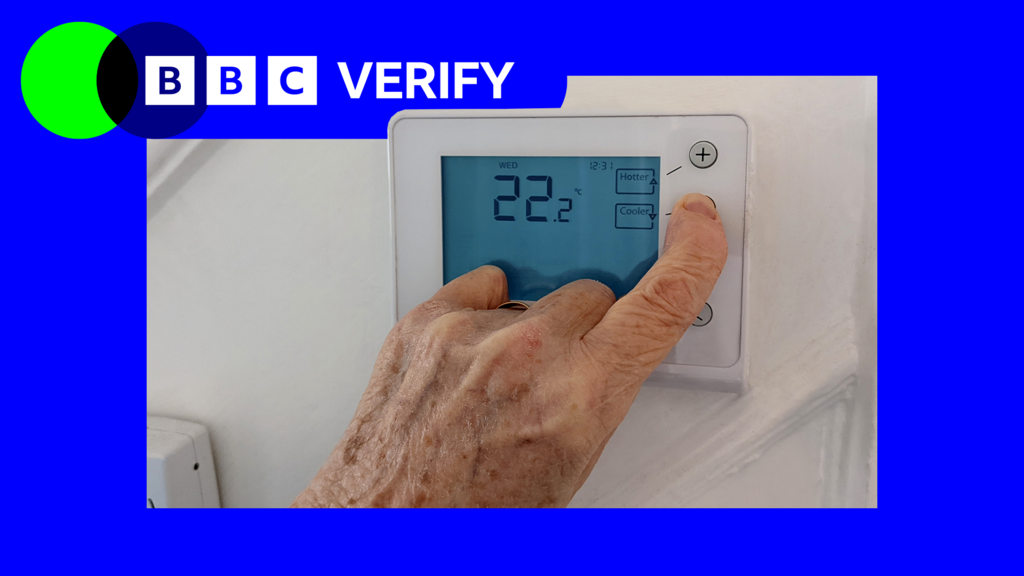The government’s recent reversal of winter fuel payment cuts has sparked scrutiny of its fiscal strategy and spending commitments.
BBC Verify examines the key figures.
Prior to the 2024 general election, the Department for Work and Pensions projected 10.8 million pensioners in England and Wales would be eligible for winter fuel payments (£200-£300 per household) in 2024-25.
To reduce spending, the government initially restricted payments to pension credit recipients (1.5 million), a move subsequently reversed following public criticism.
Now, all pensioners will receive the payment (2025-26), with recoupment from those earning above £35,000 in the subsequent tax year. The government claims this will benefit approximately 9 million pensioners.
This largely negates the initial policy’s impact.
The government estimated the inherited 2024-25 winter fuel payment system cost £1.9bn. The initial reform was projected to save £1.4bn (2024-25), rising to £1.5bn (2025-26), reducing the cost to £0.5bn.
Following the latest changes, the government states the cost will be £1.25bn, a claimed saving of £450m compared to universal eligibility, pending OBR certification.
This represents only a third of the original £1.5bn savings target, and analysts suggest the actual savings could be even lower.
Labour’s initial reform restricted payments to pension credit recipients. Last year’s government campaign encouraging uptake resulted in nearly 60,000 additional pension credit claims.
With each claim costing £3,900 annually, former Lib Dem pensions minister Steve Webb estimates the added cost at approximately £234m, offsetting roughly half the claimed £450m savings.
The Chancellor’s initial £1.5bn annual savings target was integral to stabilizing public finances and incorporated into OBR budget calculations. The reduced savings of £450m (or potentially less) creates at least a £1bn shortfall.
The Treasury plans to address this in the Autumn 2025 Budget, stating it “will not lead to permanent additional borrowing”. Without increased GDP growth or tax revenue projections, this necessitates either tax increases or spending cuts.
However, £1bn is relatively small within the context of the overall public finances: the OBR projects £1,347bn spending and £129bn borrowing in 2025-26.
Projected savings from wider working-age welfare reforms are significantly larger than those from winter fuel payment changes. The OBR projects £4.8bn annual savings by 2029-30 from personal independence payment and universal credit incapacity payment reforms. Reversing these would create a substantially larger fiscal challenge.
The Chancellor aims to balance day-to-day spending (excluding infrastructure) by 2029-30. In March 2025, the OBR projected £9.9bn of “headroom”, a small margin considering overall spending and borrowing. Welfare cut reversals could eliminate around half of this.
Economists anticipate further erosion of this headroom in the Autumn Budget due to downgraded growth forecasts and increased government borrowing costs.
What topics should BBC Verify investigate next?

